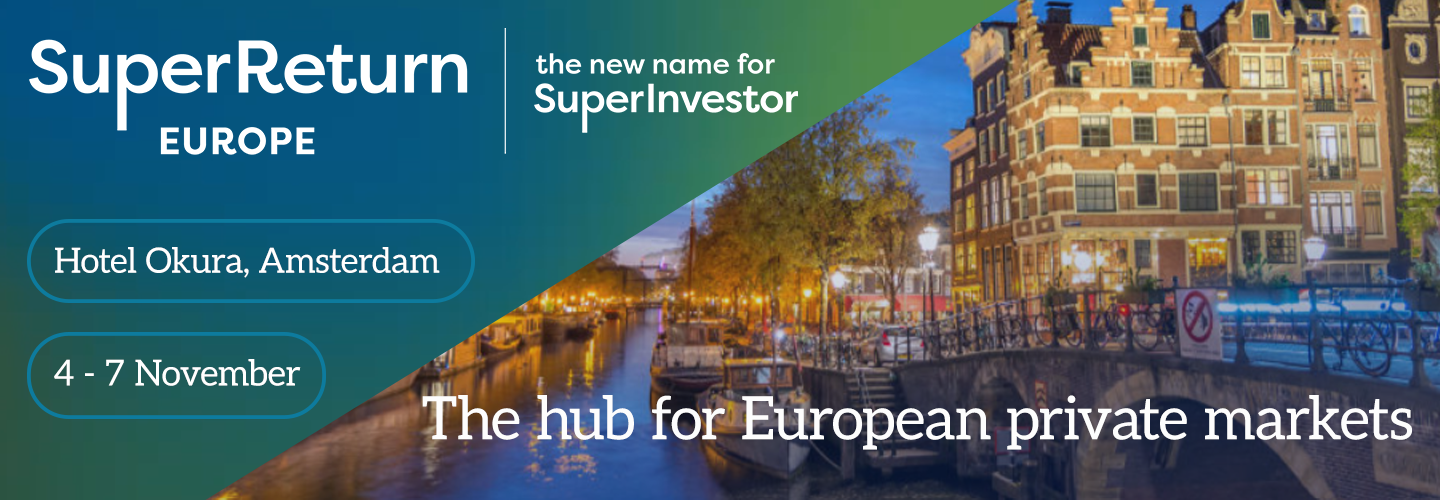Europe’s equity renaissance: What it means for private equity

Is Europe back on the radar for global investors? In this exclusive piece for SuperReturn Europe, Dörte Höppner, Chief Sustainability Officer and Managing Director at The Riverside Company, explores the quiet resurgence of European equities - and what it means for private equity firms and LPs alike. From renewed transatlantic interest to the long-overlooked strength of the lower mid-market, Dörte makes the case for why Europe's next chapter may be it's most compelling yet.
A quiet but powerful shift is underway in the European investment landscape. In early 2025, public equity markets across Europe saw a resurgence in capital flows, much of it coming from outside the continent. US-based investors, in particular, are showing renewed interest in Europe’s listed companies, suggesting a broader recalibration in global portfolio strategy. While this revival may appear to be rooted in public markets alone, it signals deeper implications for private capital – with private equity poised to benefit from a rising tide of transatlantic interest.
The renewed appetite for European equities speaks to a more fundamental shift in sentiment. After years of underperformance relative to the US, Europe is increasingly viewed as an essential component of a balanced global portfolio. Investors are recognizing the advantages of geographic diversification in a world shaped by geopolitical realignment, fragmented supply chains, and the reemergence of industrial policy. Public markets are often the first to register these sentiment changes, and they frequently act as a bellwether for future trends in private capital deployment.
Although private equity data tends to lag public market indicators, the signals from the ground are becoming difficult to ignore. Across Europe, general partners report growing inbound interest from limited partners outside the region – many of whom are seeking access to the continent’s more stable and predictable growth dynamics. This interest reflects not only short-term positioning but also a strategic reorientation among long-term investors.
US-based LPs, in particular, are broadening their geographic lens. After more than a decade of domestic outperformance, the US private equity market now faces elevated valuations, greater competition for assets, and a more uncertain regulatory climate. In response, many institutional investors are reassessing their global exposure and identifying Europe as a natural counterbalance. The continent’s sectoral diversity, industrial depth, and strong sustainability frameworks make it an appealing destination for capital seeking both strong risk-adjusted performance and policy alignment.
What makes Europe particularly compelling in the current macroeconomic environment is its structural reliability. While its growth profile may lack the high-octane trajectory of certain emerging markets or the tech-led dynamism of the US, Europe offers something arguably more valuable over the long run: institutional strength. From its robust legal systems to its monetary stability and consistent regulatory environments, Europe remains a sophisticated and trusted investment ecosystem. For private equity investors with long-dated capital, these features provide a durable platform for compounding value over time.
This appeal is especially pronounced in the lower mid-market – a segment of the private equity universe where Europe has long held a structural advantage. Defined by smaller deal sizes, founder-led businesses, and regional fragmentation, the lower mid-market has historically been overlooked by larger funds chasing scale and speed. But in recent years, it has emerged as a sweet spot for investors looking for differentiated performance through hands-on operational involvement and local expertise.
European small and mid-cap businesses are often deeply embedded in their local economies, yet operate within the broader stability of the single market. This gives them a unique ability to capture growth from both domestic tailwinds and cross-border expansion. Many of these companies are family-owned or closely held, with succession planning or professionalization serving as key inflection points for value creation. In the hands of experienced GPs, these businesses can be transformed – not just through financial best practice, but through genuine partnership, strategic clarity, and operational improvement.
Moreover, the lower mid-market aligns closely with the priorities of today’s investors. Increasingly, LPs are seeking exposure to real-economy assets that generate tangible impact alongside meeting financial goals. Whether it’s enabling digital transformation in traditional industries, accelerating decarbonization across supply chains, or investing in critical infrastructure and services, the small and mid-cap universe offers fertile ground for innovation and growth. These opportunities tend to be less correlated with global macro swings and more tightly linked to local execution, making them particularly attractive in today’s uncertain global environment.
As competition intensifies in the upper reaches of the market, where mega-funds compete for a limited number of large assets, the lower mid-market offers a compelling alternative. It rewards specialization, patience, and operational rigor — qualities that are increasingly valued by sophisticated LPs. With valuations more rational and entry multiples more favorable, this segment can deliver strong performance through thoughtful stewardship rather than financial leverage alone.
The broader return of investor interest in Europe should not be mistaken for a fleeting rebound or tactical trade. Instead, it represents a more strategic re-engagement with a continent that offers both resilience and reinvention. For private equity, the challenge now is to translate this sentiment into smart capital deployment – and the lower mid-market may be the place where the next generation of growth is forged.
As public markets continue to light the path, private equity is following with intent. Europe’s equity renaissance is more than a market anomaly; it’s a signal that the continent’s investment story is entering a new chapter – and private equity has a vital role to play in writing it.
